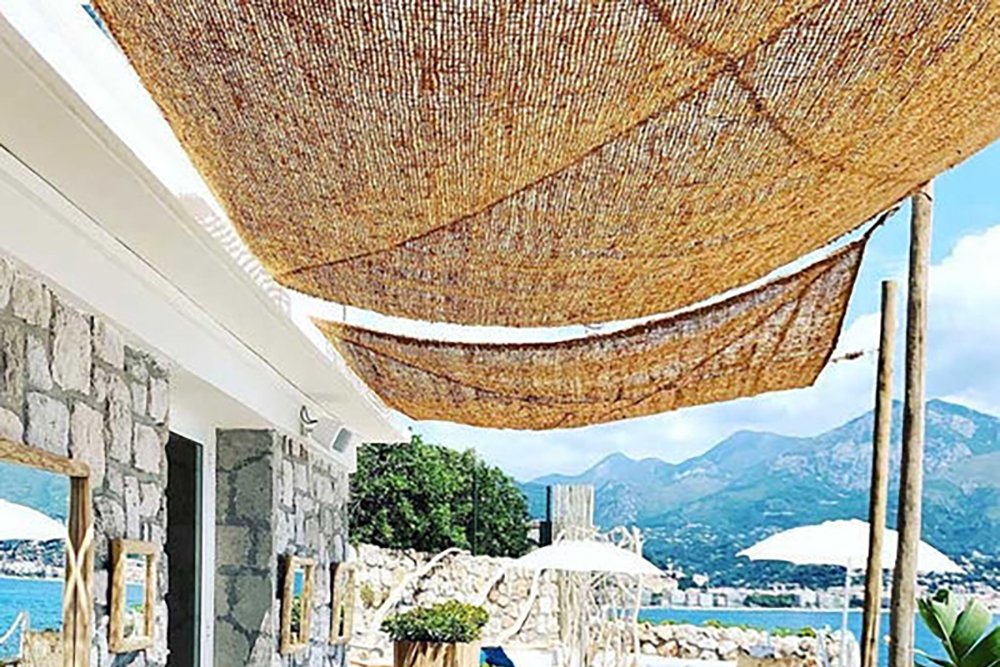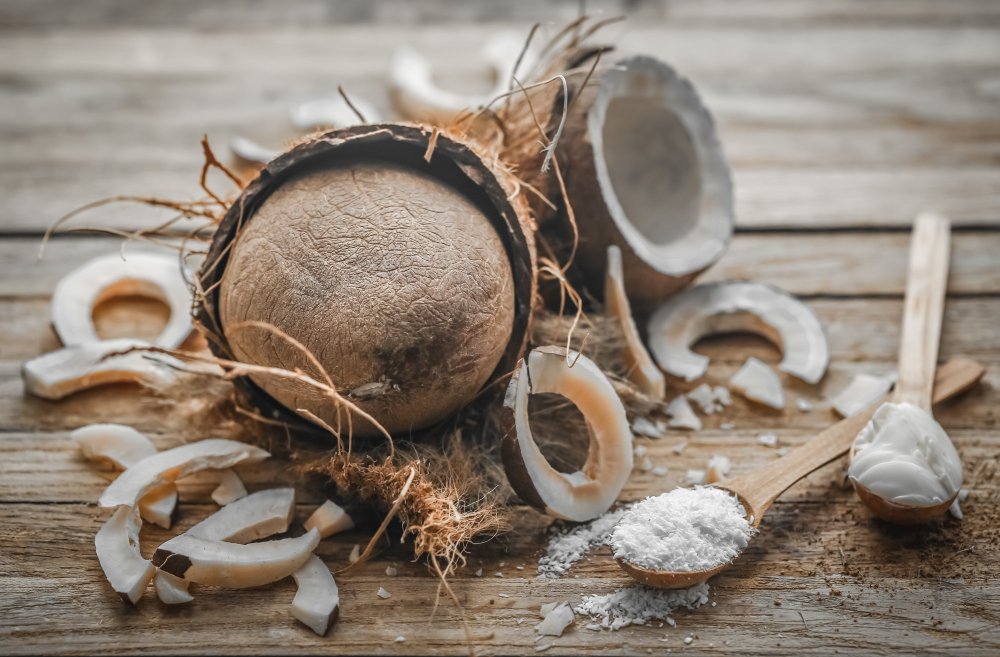In the relentless pursuit of sustainable living, architects and designers are constantly seeking innovative materials and methods to minimize environmental impact. One remarkable solution gaining traction is the integration of coco shade, a natural roofing material offering a compelling blend of aesthetics, durability, and eco-friendliness. This article explores the multifaceted role of coco shade in sustainable architecture, highlighting its benefits and showcasing its potential to revolutionize the way we build and live.
Coco Shade: Nature’s Sustainable Roof
Coco shade, derived from coconut husks, presents a compelling alternative to traditional roofing materials. Unlike synthetic options laden with harmful chemicals and demanding energy-intensive manufacturing processes, coco shade embodies sustainability from its very source. The coconut husk, a readily available agricultural byproduct, is harvested and processed using relatively simple techniques, minimizing the carbon footprint associated with production. This natural abundance ensures a readily available and renewable resource, mitigating the environmental concerns linked to resource depletion.
The inherent properties of coco shade further enhance its sustainability credentials. Its natural fibers possess exceptional insulation capabilities, reducing the need for energy-intensive climate control systems within the building. This translates to lower energy consumption and a smaller carbon footprint throughout the building’s lifecycle. Furthermore, the material’s inherent breathability ensures optimal air circulation, creating a naturally comfortable indoor environment and reducing reliance on artificial ventilation.
Coco shade’s longevity also contributes significantly to its sustainable profile. With proper maintenance, a coco shade roof can last for many years, minimizing the need for frequent replacements and reducing the associated waste generation. This durability translates to long-term cost savings and a reduced environmental impact compared to shorter-lived roofing materials that require more frequent replacements. The inherent resistance to weathering and degradation further strengthens its long-term value proposition.
Finally, the aesthetic appeal of coco shade adds another dimension to its sustainability credentials. Its natural texture and warm tones offer a unique visual character, blending seamlessly with various architectural styles. This natural beauty reduces the need for artificial embellishments or coatings, further minimizing environmental impact and promoting a harmonious relationship between the built environment and the surrounding landscape.
Harnessing Nature’s Strength & Beauty
The strength and durability of coco shade are often underestimated. While seemingly delicate, the tightly interwoven coconut fibers create a remarkably robust and resilient roofing material. Its ability to withstand heavy rainfall, strong winds, and intense sunlight makes it suitable for a wide range of climates and geographical locations. This inherent strength reduces the need for heavy structural supports, leading to lighter, more efficient building designs.
Beyond its structural integrity, coco shade’s aesthetic appeal is undeniable. Its natural, earthy tones lend a unique character to any building, providing a warm and inviting ambiance. The texture of the woven fibers adds a tactile dimension, creating a visually and sensorially rich experience. This inherent beauty allows for a more minimalist approach to design, reducing the need for excessive ornamentation and minimizing material waste.
The versatility of coco shade extends beyond its use as a roofing material. It can be incorporated into various aspects of building design, including wall cladding, partitions, and even decorative elements. This adaptability allows for creative and sustainable solutions that integrate seamlessly into the overall architectural design, maximizing the use of this readily available natural resource.
Furthermore, the use of coco shade promotes a connection with nature. By incorporating this natural material into building design, architects can create spaces that foster a sense of tranquility and harmony with the surrounding environment. This biophilic design approach contributes to improved well-being and enhances the overall sustainability of the built environment.
Eco-Friendly Design, Lasting Comfort
The environmental benefits of coco shade extend beyond its production and durability. The material is completely biodegradable, meaning that at the end of its lifespan, it decomposes naturally without leaving behind harmful residues. This contrasts sharply with many synthetic roofing materials, which often end up in landfills, contributing to environmental pollution and resource depletion.
Coco shade’s excellent insulation properties contribute significantly to energy efficiency. Its ability to regulate indoor temperatures reduces reliance on heating and cooling systems, resulting in lower energy consumption and reduced carbon emissions. This translates to significant cost savings for building owners and a smaller environmental footprint.
The breathability of coco shade is another key factor contributing to a comfortable and healthy indoor environment. The material allows for natural ventilation, preventing the buildup of moisture and promoting a healthier living space. This reduces the risk of mold and mildew growth, contributing to better indoor air quality.
The use of coco shade promotes a circular economy model. By utilizing a readily available agricultural byproduct, it minimizes waste and reduces the demand for virgin materials. This closed-loop system reduces the overall environmental impact of the building industry and supports sustainable resource management.
Build Green, Live Sustainably Today
Choosing coco shade is a conscious decision to embrace sustainable building practices. It represents a move away from resource-intensive and environmentally damaging materials towards a more ecologically responsible approach to construction. By incorporating coco shade into building designs, architects and builders can contribute to a greener future.
The transition to sustainable building practices is not just an environmental imperative; it’s also an economic opportunity. Coco shade offers a cost-effective alternative to traditional roofing materials, providing long-term value and reducing maintenance costs. This economic viability makes it an attractive option for both residential and commercial projects.
The adoption of coco shade can inspire a broader shift towards sustainable building practices within the community. Its use serves as a powerful example of how natural materials can be effectively integrated into modern architecture, promoting a more environmentally conscious building culture.
By embracing coco shade and other sustainable building materials, we can create spaces that are not only aesthetically pleasing and comfortable but also environmentally responsible, contributing to a healthier planet for future generations. The time to build green is now.
Coco shade represents a significant advancement in sustainable architecture, offering a compelling blend of environmental responsibility, aesthetic appeal, and durability. Its integration into building designs signifies a shift towards a more conscious and ecologically mindful approach to construction, paving the way for a greener and more sustainable future. The adoption of coco shade is not just a trend; it is a testament to our commitment to building a better world, one sustainable roof at a time.


